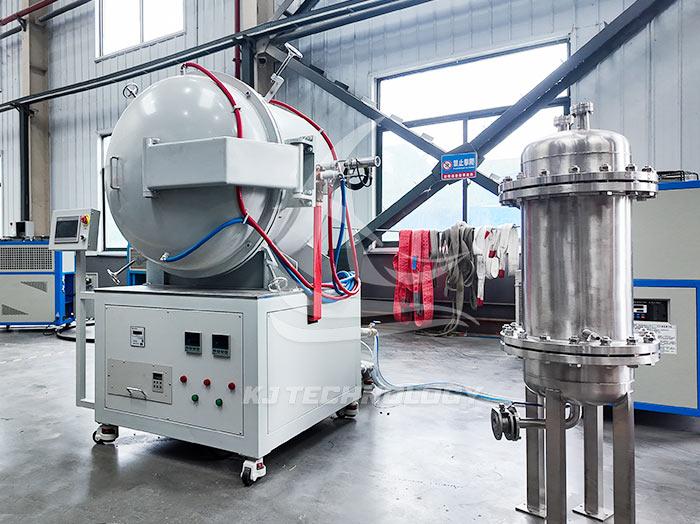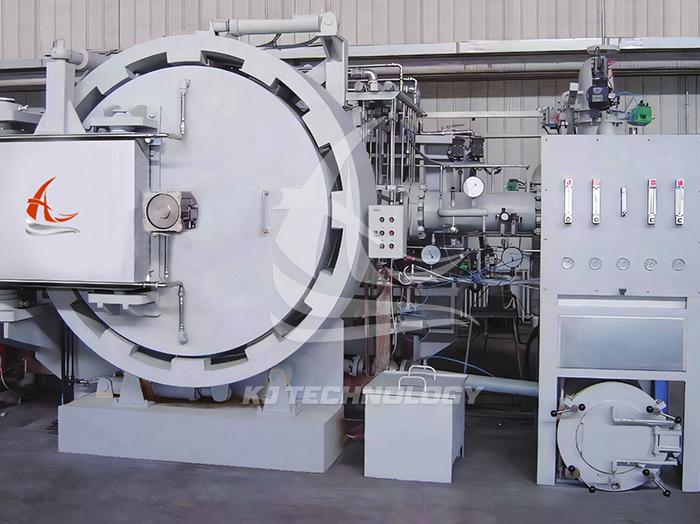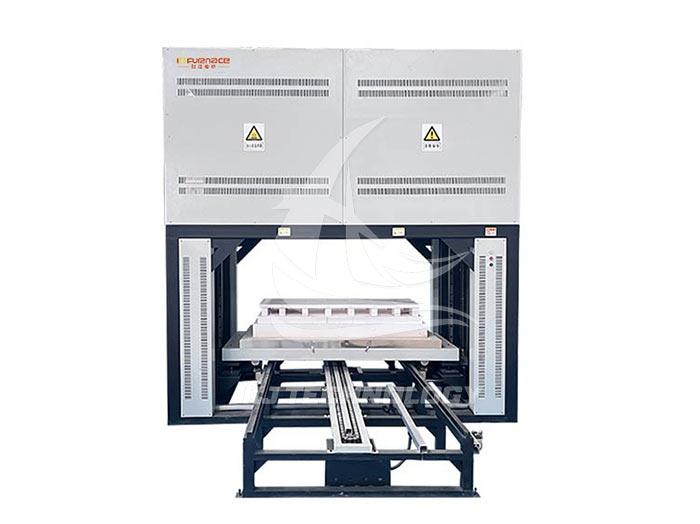Application fields of vacuum gas quenching furnace
 11-10-2025 Author: KJ technology
11-10-2025 Author: KJ technology
Vacuum gas quenching furnaces are widely used in the following fields due to their advantages of non oxidizing heating, fast and uniform cooling, and environmental protection and energy saving:
1. Aerospace field
Core application: Processing key materials such as titanium alloys and high-temperature alloys to meet performance requirements in extreme environments.
Typical case:
Titanium alloy components: By controlling the precipitation morphology of alpha phase through gas quenching, the high-temperature strength and fatigue life of the material are improved.
High temperature alloy components, such as turbine discs and blades, use gas quenching to eliminate casting segregation, achieve uniform microstructure, and extend service life.
Engine components: High hardness after gas quenching, improved high-temperature creep life.
2. In the field of automobile manufacturing
Core application: Optimize the performance of precision gears, molds, and other parts to enhance the reliability and durability of automobiles.
Typical case:
Precision gears: After gas quenching, the dimensional stability is good, reducing subsequent machining allowances and lowering production costs.
Mold processing: After gas quenching, the stability of the cavity size of the die-casting mold is improved, the mold life is increased, and replacement costs are saved.
Engine parts: Adopting a flux free red copper brazing scheme reduces leakage rate and lowers individual processing costs.
3. Precision Machinery and Tools Field
Core application: Processing high-speed steel, tool steel, mold steel, etc. to improve tool hardness and wear resistance.
Typical case:
Tool manufacturing: After gas quenching, the surface hardness uniformity of the tool is increased by 15%, and the fatigue life is extended by 2-3 times.
Mold heat treatment: For tool and die steels such as H13 and W6Mo5Cr4V2, after gas quenching, the carbides are uniformly dispersed and the comprehensive mechanical properties are superior to traditional processes.
Precision bearings: Gas quenching reduces deformation, improves rotational accuracy, and meets the requirements of high-precision equipment.
4. Medical device field
Core application: Processing stainless steel and other materials to ensure product surface smoothness and biocompatibility.
Typical case:
Stainless steel precision parts, such as surgical instruments, implants, etc., have a surface finish of Ra<0.8 μ m after gas quenching, without the need for subsequent polishing, reducing the risk of contamination.
Aseptic environment adaptation: Vacuum environment isolates impurities and meets the strict cleanliness requirements of medical devices.
5. Energy and power sector
Core application: Processing semiconductor components, power rectifier components, etc. to improve equipment reliability and efficiency.
Typical case:
Semiconductor sintering: The gas quenching furnace realizes vacuum sintering, gas shielded sintering, and conventional sintering, with a compact design and easy operation, completing multiple process flows on a single device.
Power equipment, such as transformers, capacitors, etc., have increased material density and reduced energy loss after gas quenching.
6. Additive manufacturing and powder metallurgy fields
Core application: Processing 3D printed parts, powder materials, etc., optimizing organizational structure and performance.
Typical case:
3D printed parts: Gas quenching eliminates printing stress and improves part size stability.
Powder sintering: For cobalt based wear-resistant alloys, gas quenching achieves uniform dispersion of carbides and improves wear resistance.
7. Chemical industry and ceramic industry
Core application: Processing special alloys, ceramic materials, etc. to meet the requirements of corrosion resistance and high temperature resistance.
Typical case:
Chemical equipment, such as reaction vessels, pipelines, etc., have improved corrosion resistance and extended service life after gas quenching.
Ceramic materials: Gas quenching optimizes grain structure, improves ceramic strength and toughness.








